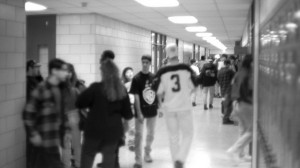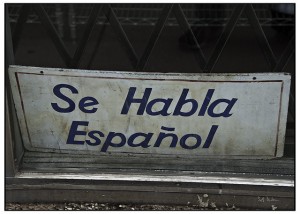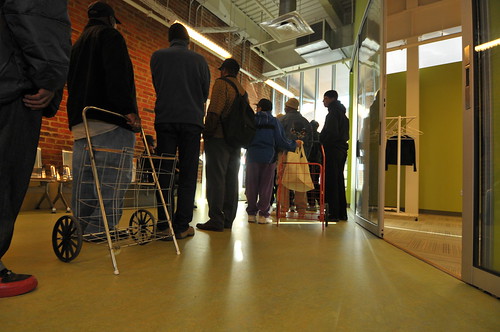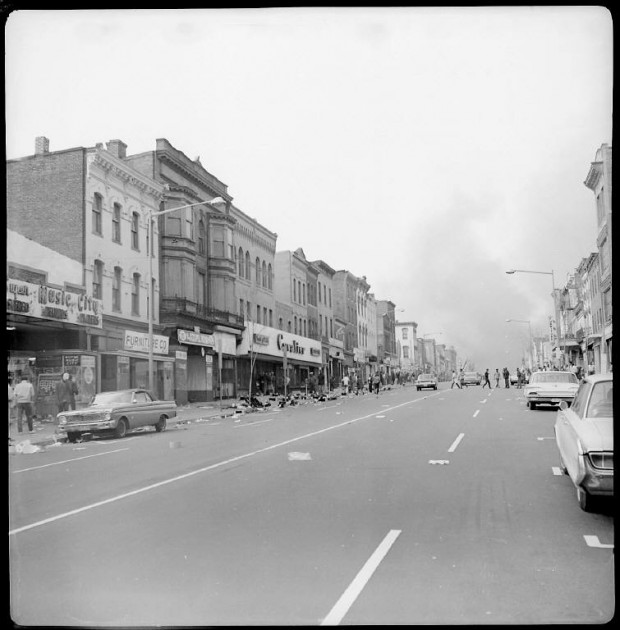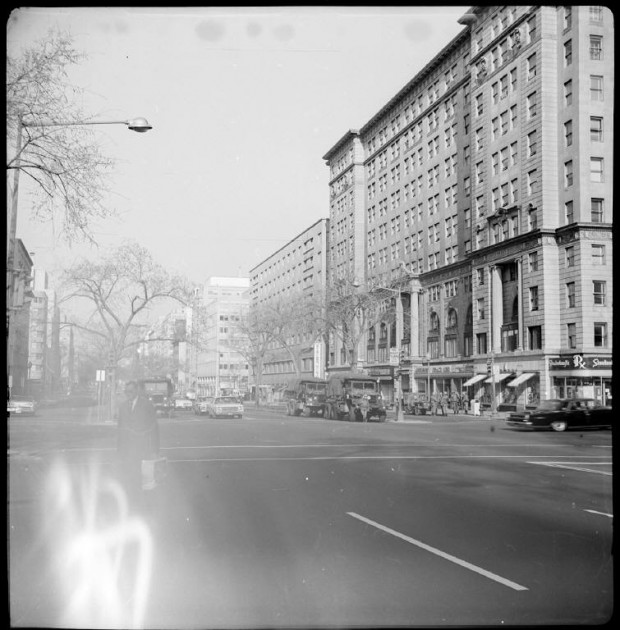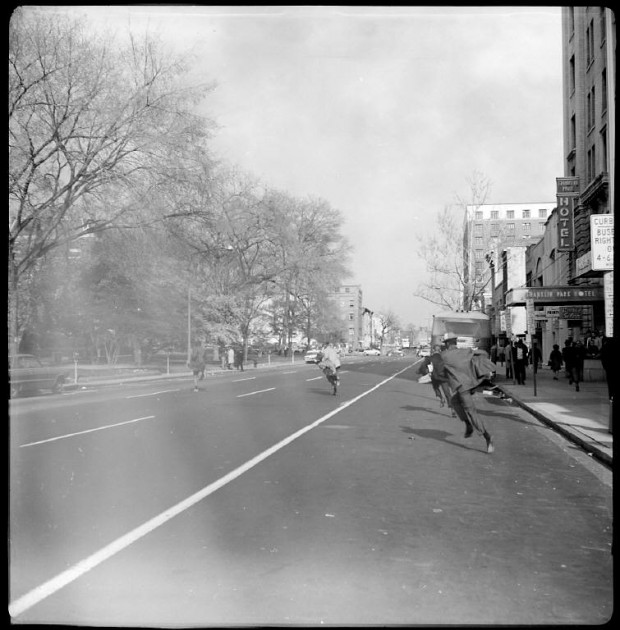The U.S. Census Bureau has released a new measure of poverty which adjusts for geography and includes rent, utility and food costs. About 2 million more people are considered poor under this alternate definition of poverty.
Income Inequality: Whatâs Inheritance Got to Do With It?
Rich Americans didn’t inherit most of their wealth; inheritance money makes up only about 15 percent of the wealth owned by the top 1 percent of income earners. And research shows that inheritance money actually helps reduce income inequality.
Bullying By Race: Which Teens Get Picked On Most
Asian American teens are bullied more than youths belonging to any other racial group, according to new data from the U.S. Justice and Education departments.
Teens aged 12 to 18 were interviewed for the study. More than half of the Asian American teens reported being bullied in classrooms, compared to almost one-third of white students. The disparity is even greater when it comes to cyber bullying; 62 percent of Asian Americans surveyed reported being harassed online once or twice monthly, while only 18.1 percent of whites were cyber bullied.
AFP reports on the findings:
Policymakers see a range of reasons for the harassment, including language barriers faced by some Asian American students and a spike in racial abuse following the September 11, 2001 attacks against children perceived as Muslim.
“This data is absolutely unacceptable and it must change. Our children have to be able to go to school free of fear,” U.S. Education Secretary Arne Duncan said Friday during a forum at the Center for American Progress think-tank.
Muslim Americans, many of whom are Asian American, are also facing increased institutionalized profiling by law enforcement since 9/11, recent reports indicate.
D.C.’s Longtime Welfare Recipients Facing Cuts To Assistance
The District government is looking to cut off assistance to longtime welfare recipients. More than 230,000 D.C. residents receive either food stamps, Medicaid help or welfare checks.
Belafonte on Occupy Wall Street: ‘In the Humblest of Places Resides the Power of the Miracle
People of the Occupy protest movement: singer and civil rights activist Harry Belafonte is on your side. He appeared on WAMU 88.5âs Kojo Nnamdi Show Wednesday and spoke about those protesting against corporate greed and political corruption, saying “a lot of people look at these young people in these zones of rebellion and try to poo poo them as just something that will go away,” but “in the humblest of places resides the power of the miracle.” He went on to say âthere is something happening here that should not be looked upon and dismissed as just some little, annoying moment in social rebellion.â
Belafonte is well-known for his social activism; he was friends with Dr. Martin Luther King, Jr., financially supported the civil rights-era Freedom Rides and helped organize the March on Washington.
D.C. Income Inequality One of Nation’s Highest
D.C.’s gap between rich and poor residents is one of the largest in the nation, according to new U.S. Census Bureau data. Among cities with populations of 100,000 or more people, D.C. comes in third for highest income inequality, a rate measuring how evenly income is distributed among society.
DCentric Picks: ‘Communities in Translation,’ Gold Leaf Closing Party
What: “Communities in Translation” movie screening.
Where: Gala Theatre at Tivoli Square, 3333 14th St., NW.
When: 6 p.m., Thursday.
Cost: Free.
Why you should go: The film screening is part of a larger event, “Many Stories, One Night,” which will focus on immigrants’ experiences accessing public services in the District. The documentary by Robert Winn depicts how language barriers have impacted D.C.’s immigrants during emergencies, such as the 2008 Mount Pleasant fire.
Other events to consider: D.C. will lose 11 artist studios by the end of the year to make room for a $57 million mixed-use development. But before Gold Leaf Studios shuts down, band Ra Ra Rasputin is hosting a closing party. The show kicks off at 8 p.m., Saturday at 443 I St., NW.
Gobble Gobble: Free Turkeys in D.C.
Although Thanksgiving is weeks away, some D.C. residents are already searching for low or no-cost ways to put a holiday dinner on the table. A number of city leaders and organizations are giving away turkeys to families in need, including nonprofit Bread for the City. People lined up on Tuesday for turkeys (plus all of the fixings). By day’s end, Bread for the City had distributed 295 birds. The organization aims to serve 9,000 families this holiday season as part of their Holiday Helpings program.
Study: Fast Food Customers Primarily Middle Class
Much of the debate surrounding improving health in low income communities has focused on eliminating food deserts by increasing the number of supermarkets in poor neighborhoods. But just living near a grocery store doesn’t necessarily translate into healthier eating habits.
GOOD tackles another myth, that fast food restaurants’ primary clientele are poor people. A University of California at Davis study found most fast food customers are lower middle class. People frequent such establishments more often as they move out of the low lncome bracket, and their patronage doesn’t decline until annual incomes hit around $60,000.
Rare Photos Capture 1968 D.C. Riots
The D.C. riots that erupted in the wake of the 1968 Martin Luther King, Jr. assassination resulted in more than 1,000 burned down buildings, dramatically changing the District’s landscape. Such damage altered the course of the city’s development, and the riots are still brought up in current discussions over gentrification and revitalization.
But exactly how did the city look during the four days of rioting? Yale University has released a collection of rare negatives documenting the riots and the government response. They were taken by part-time Associated Press photographer Alexander Lmanian, and the images he captured show soldiers mobilizing in D.C. streets, people looting and damaged storefronts. See our gallery below:
Alexander Lmanian / General Collection, Beinecke Rare Book and Manuscript Library, Yale University permalink
Rioters, soldiers, and damaged buildings during the riots.
Alexander Lmanian / General Collection, Beinecke Rare Book and Manuscript Library, Yale University permalink
Damage in the aftermath of the riots.




